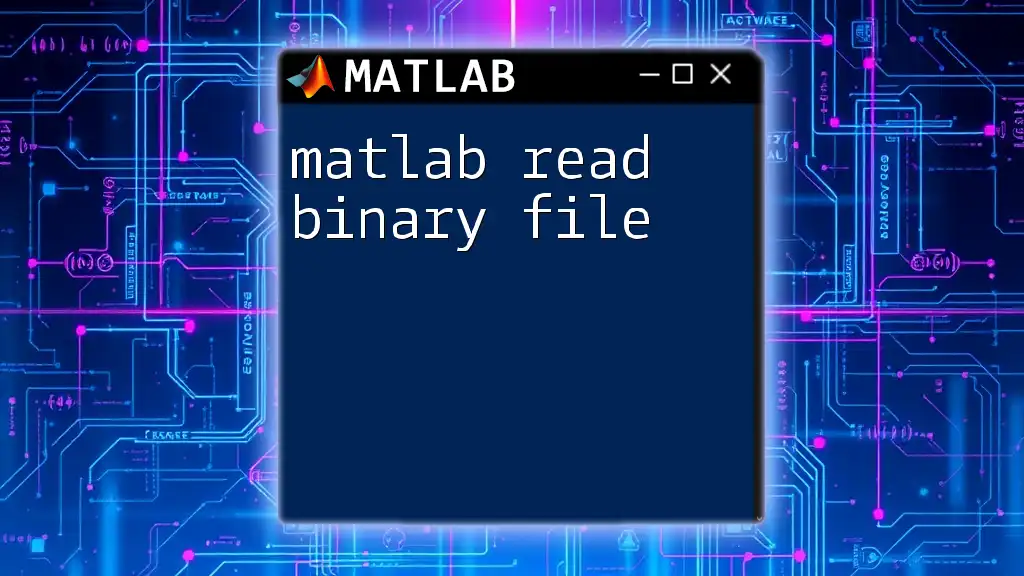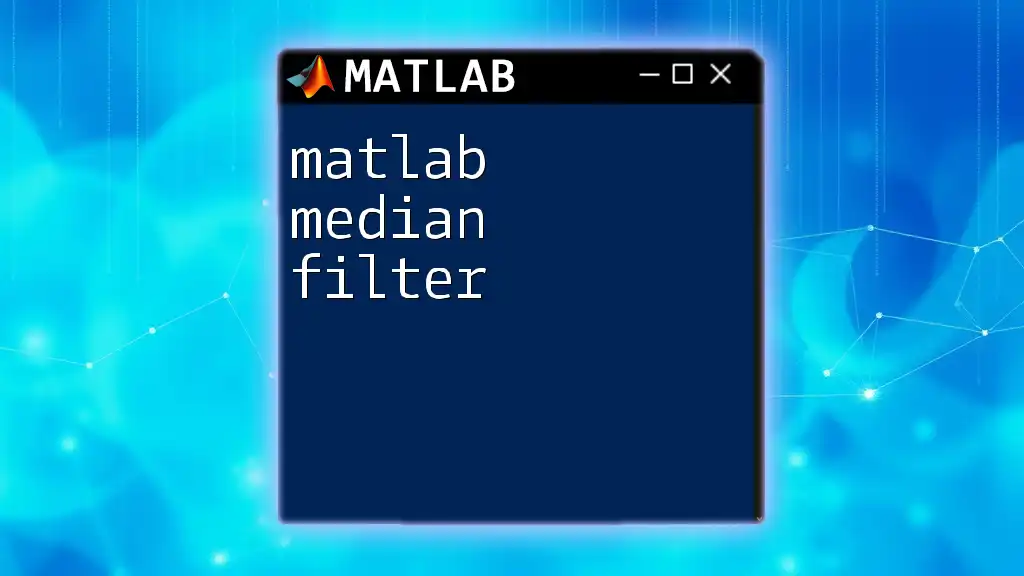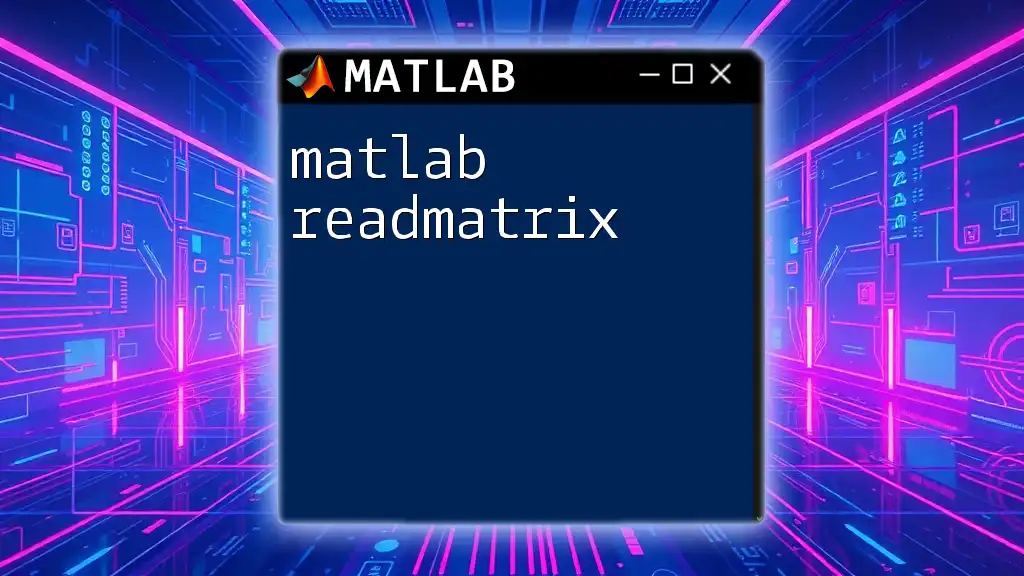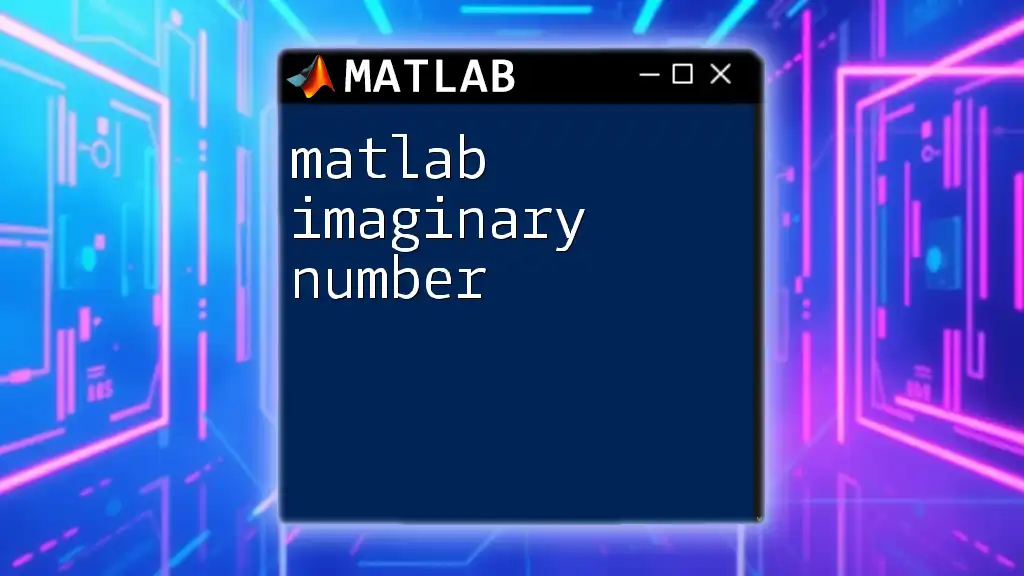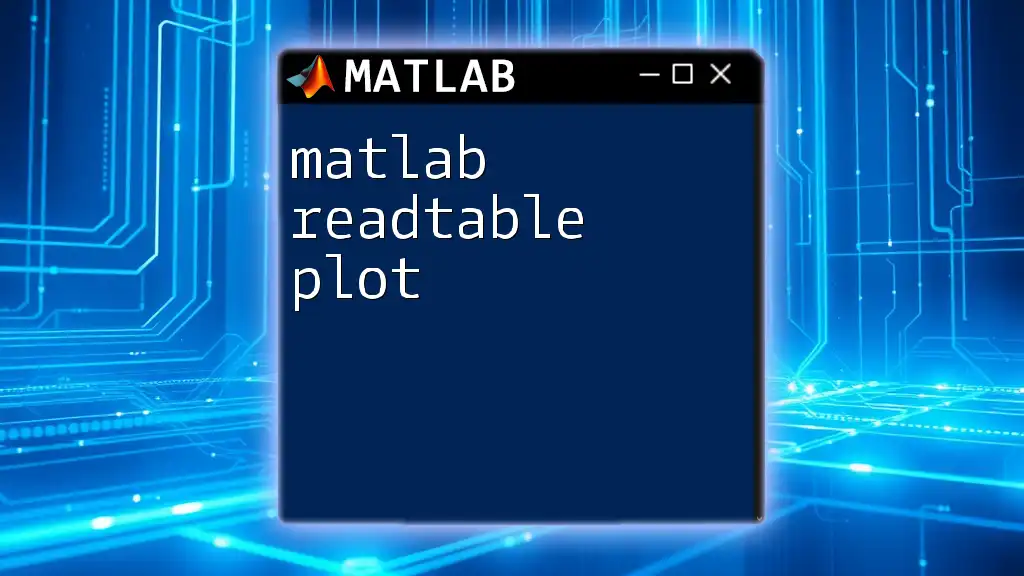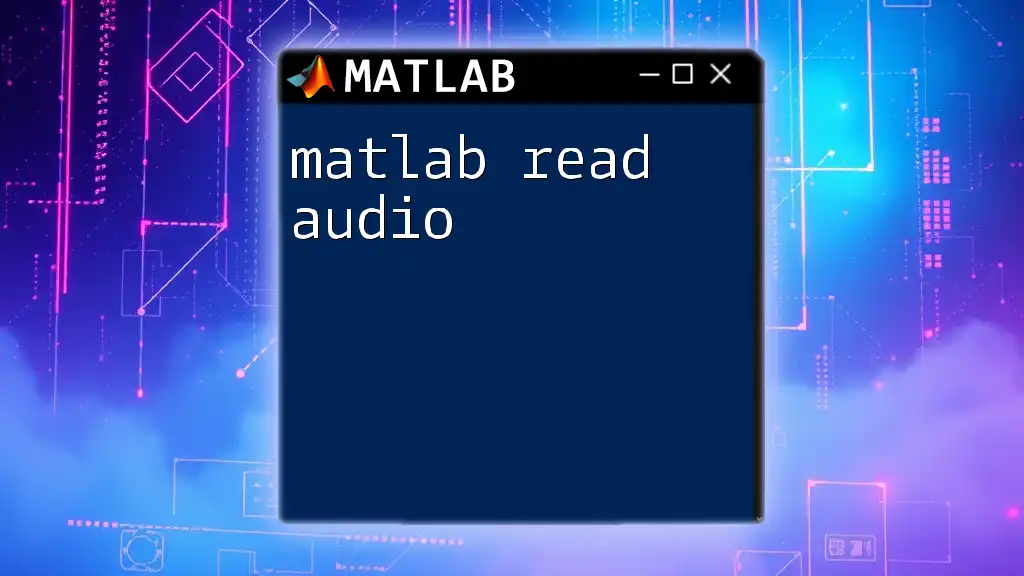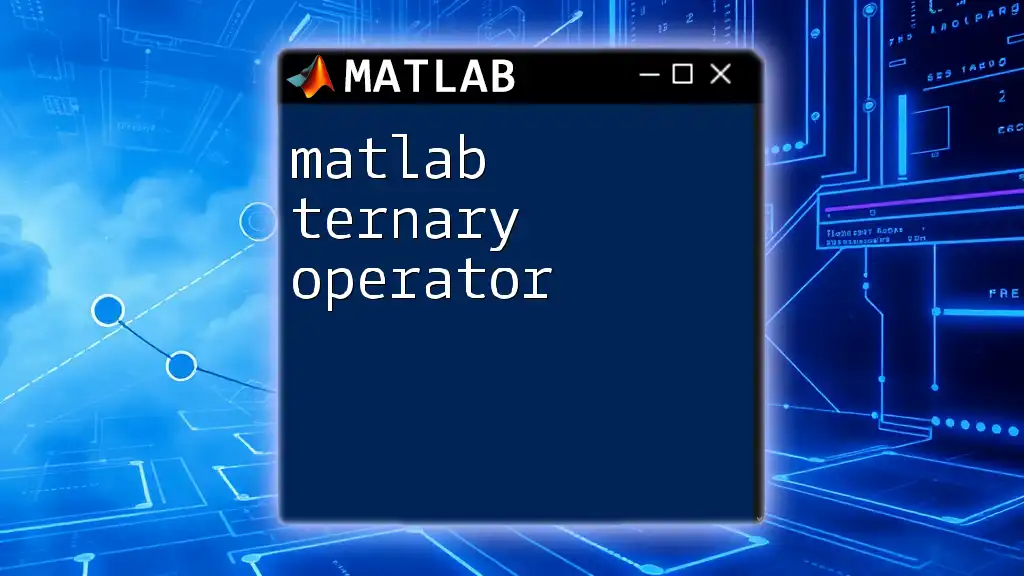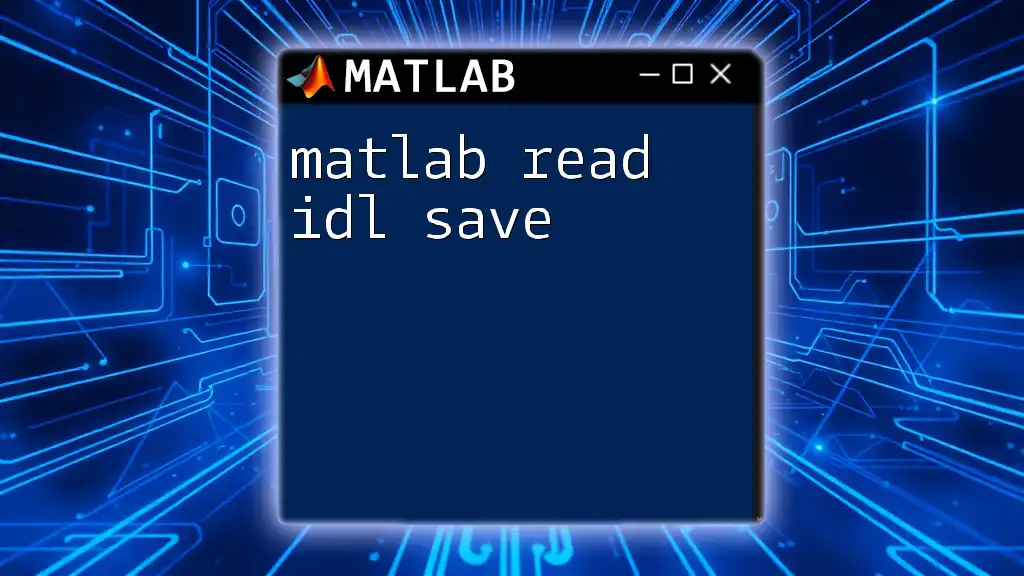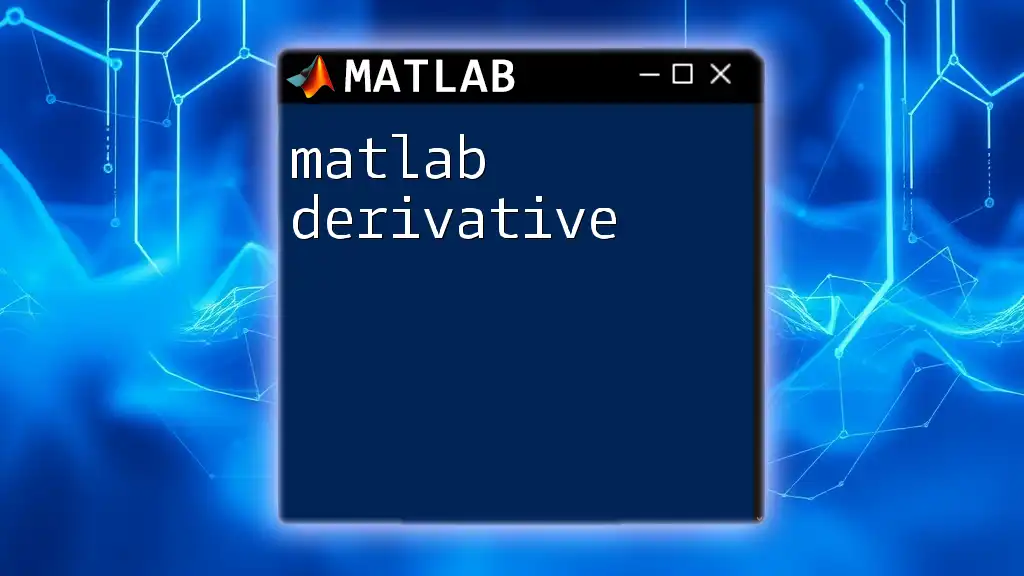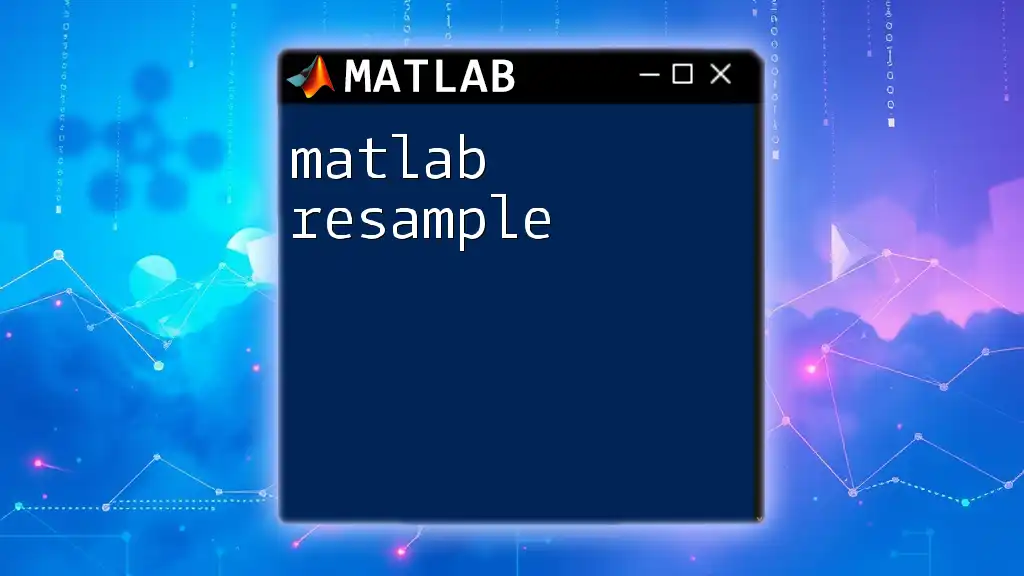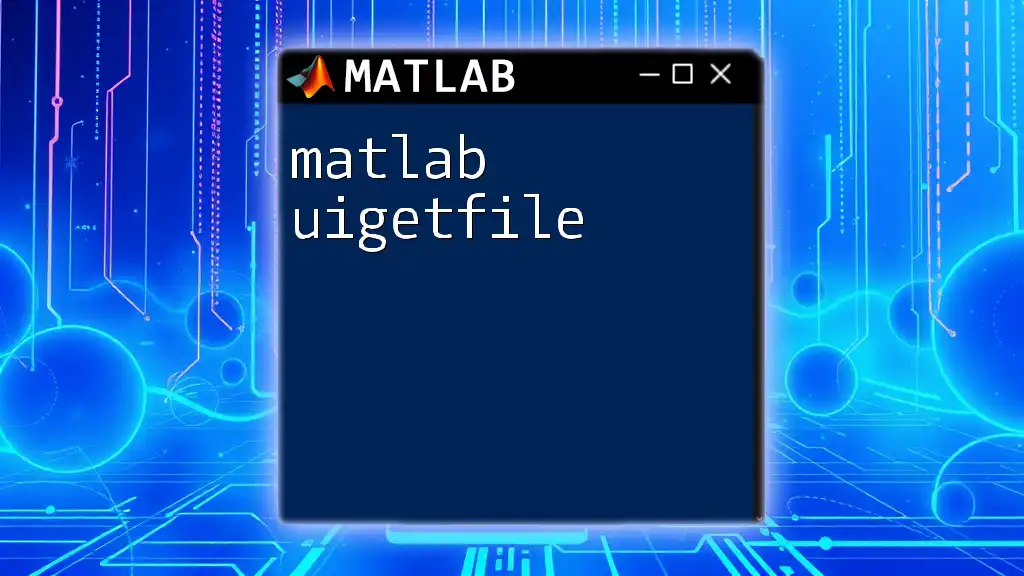To read binary files in MATLAB, you can use the `fopen` function to open the file, followed by `fread` to read the data, and finally `fclose` to close the file after reading. Here's a code snippet for reference:
fid = fopen('data.bin', 'rb'); % Open the binary file for reading
data = fread(fid, 'float'); % Read the data as floating-point numbers
fclose(fid); % Close the file
Understanding Binary Files
What are Binary Files?
Binary files are files that store data in a format that is not intended to be read as text. Unlike text files, which use characters that are human-readable, binary files are composed of sequences of bytes representing various types of data, such as numerical values or images.
Differences Between Binary and Text Files:
- Storage: Binary files can store complex data types compactly, while text files only hold plain text representations.
- Performance: Reading from or writing to binary files is often faster than with text files due to the lower overhead of parsing text data.
Common Applications of Binary Files:
Binary files are widely used in applications that demand high performance and storage efficiency, for example, machine learning models, image files (e.g., JPEG), audio files (e.g., WAV), and database systems.
Why Use Binary Files?
- Efficiency: Binary files typically take up less storage space and can process data more quickly than text files due to direct representation.
- Precision: Binary files offer precise representation of numerical data and complex structures without conversion errors that can occur in text formats.
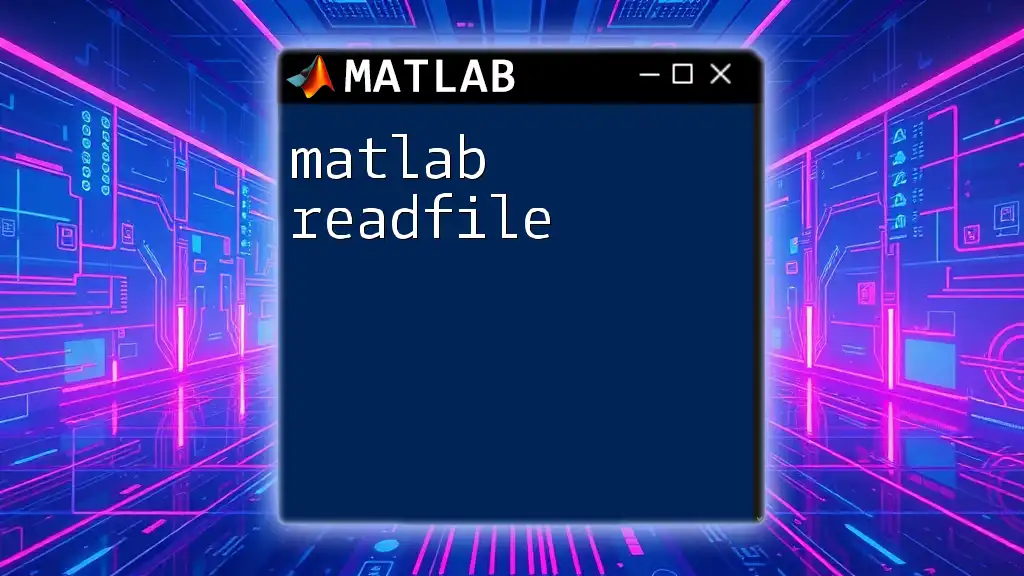
Preparing to Read Binary Files in MATLAB
Setting Up MATLAB
Before diving into reading binary files, ensure that you have MATLAB installed and configured correctly. Familiarize yourself with the MATLAB environment, particularly the Command Window and Editor, as they are crucial for file operations.
File Formats and Structures
Binary files can come in various formats, often denoted by extensions like `.bin` or `.dat`. Understanding the structure of a binary file is essential for effectively reading its content. They often consist of a header (metadata about the file) followed by data sections (actual data). Knowing how the data is structured will allow you to select the appropriate methods for reading it.
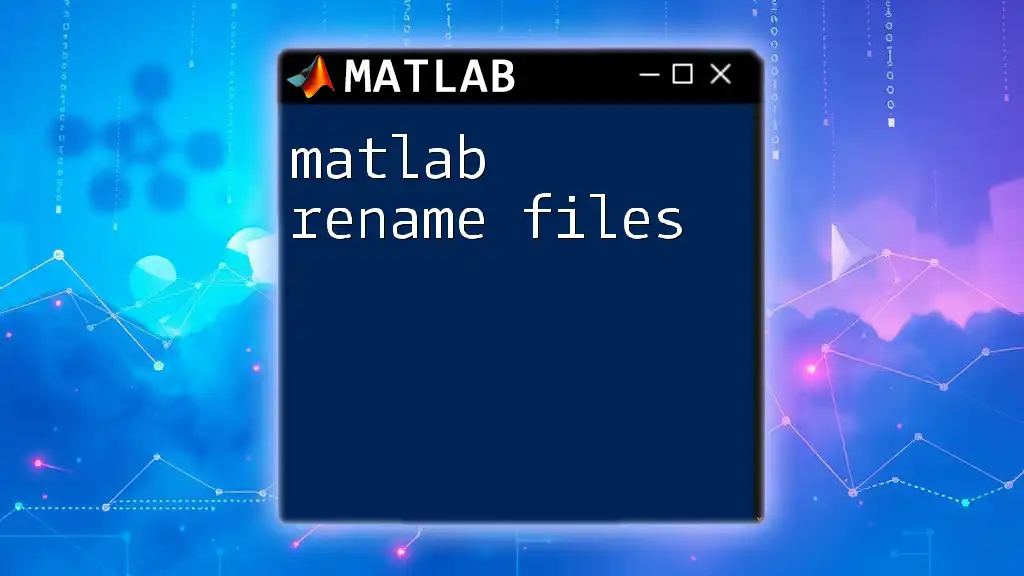
Reading Binary Files in MATLAB
Using `fopen` and `fread` Commands
To begin reading a binary file in MATLAB, you use the `fopen` function to open the file and obtain a file identifier (`fileID`).
Syntax:
fileID = fopen('filename', 'permission');
- File permission options can include:
- `'r'`: read
- `'w'`: write
- `'a'`: append
Error Handling with `fopen`:
It's crucial to handle cases where the file cannot be opened. This can happen if the file does not exist or if there’s a permission issue.
fileID = fopen('data.bin', 'r');
if fileID == -1
error('File cannot be opened: %s', 'data.bin');
end
Reading Data with `fread`
Once you have a valid `fileID`, you can read the data using the `fread` function.
Syntax:
A = fread(fileID, sizeA, precision);
- Parameters:
- `fileID`: the identifier for the opened file
- `sizeA`: dimensions of the output array (e.g., `[3, 4]` for a 3-by-4 matrix)
- `precision`: specifies the data type, such as `‘int16’`, `‘float32’`, or others
The following example reads a 3-by-4 matrix of `float32` values from the binary file:
data = fread(fileID, [3, 4], 'float32'); % Read a 3x4 matrix of float32 values
Closing the File
It's an important practice to close any files you open with `fclose` once you have finished reading. This helps prevent memory leaks in your application.
fclose(fileID);
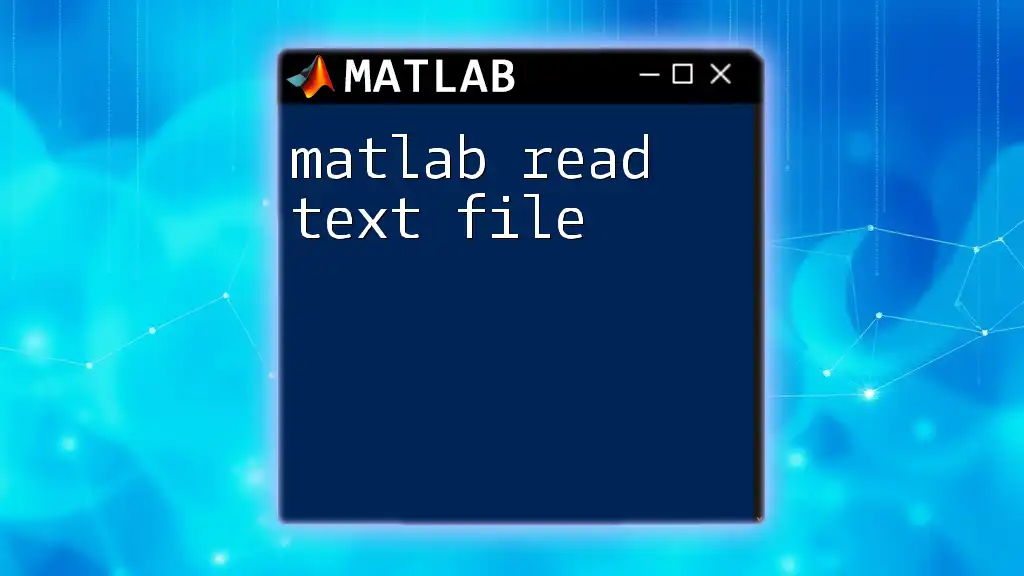
Advanced Techniques for Reading Binary Files
Specifying Endianness
When reading binaries, understanding endianness — the byte order used to represent data — is essential. The two common formats are big-endian and little-endian. MATLAB allows you to specify endianness while using the `fread` command.
To read big-endian data, use:
data = fread(fileID, 'int16', 'b'); % Read as big-endian
This approach ensures that the data is interpreted correctly, preserving its intended structure.
Reading Structures and Complex Data Types
MATLAB can also manage complex data types like structures when reading from binary files. You can define the structure layout in MATLAB and then read the binary data directly into it.
For instance, to define and read a structure:
% Read structure data from a binary file
dataStruct = fread(fileID, [numRecords, 1], 'structType');
This allows for organized data management and easy manipulation once the data is retrieved.
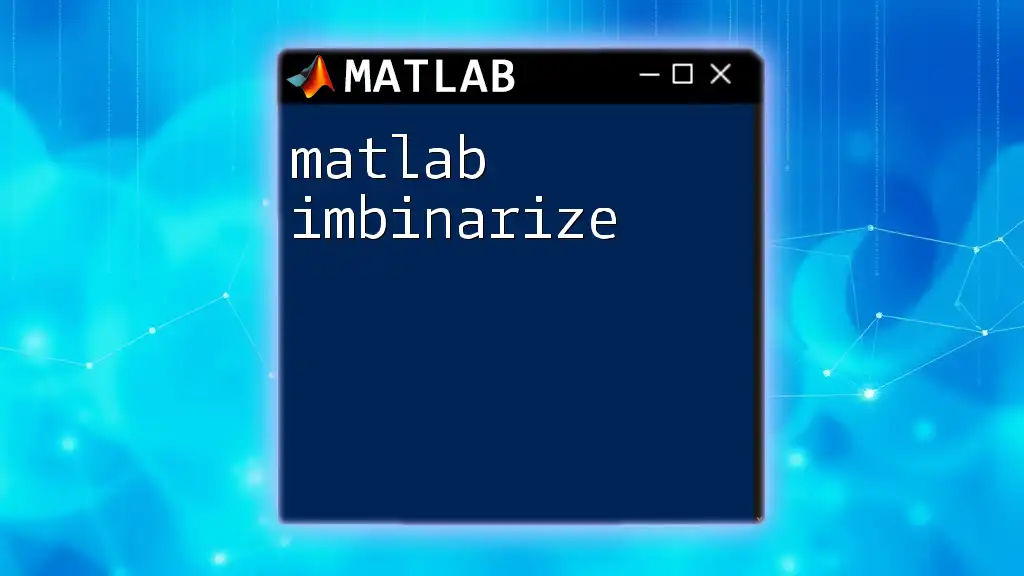
Practical Examples
Example 1: Reading a Simple Binary File
Suppose you have a binary file named `sample.bin` containing a series of integer values. To read and display the contents:
-
Open the file:
fileID = fopen('sample.bin', 'r'); -
Read the data:
integers = fread(fileID, inf, 'int32'); -
Close the file:
fclose(fileID); -
Display the integers:
disp(integers);
Example 2: Reading a Large Binary Dataset
If you're working with a vast dataset, it might be beneficial to read the data in chunks to manage memory usage effectively.
chunkSize = 1000; % Number of elements to read at a time
data = []; % Initialize an empty array
while ~feof(fileID)
chunk = fread(fileID, chunkSize, 'float64');
data = [data; chunk]; % Concatenate read data into the main array
end
Example 3: Error Handling while Reading Binary Files
Reading binary files can sometimes lead to errors. Implement checks to ensure smooth execution. For example, you can check whether the file opened successfully and handle reading errors:
fileID = fopen('data.bin', 'r');
if fileID < 0
error('File does not exist or is inaccessible.');
end
data = fread(fileID, inf, 'int16'); % Attempt to read
if isempty(data) && ~feof(fileID)
error('Error reading data from the file.');
end
fclose(fileID);
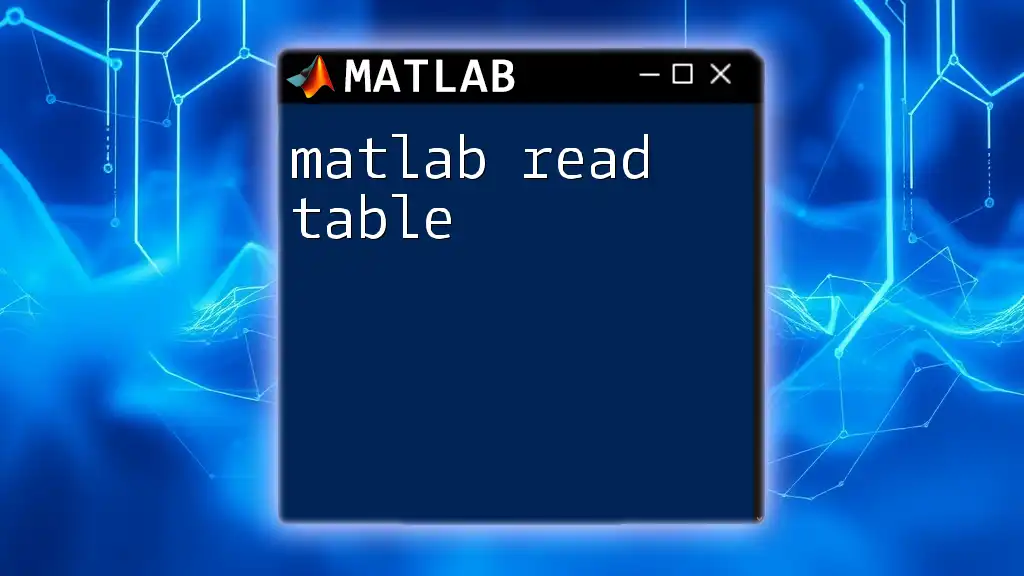
Conclusion
By following this comprehensive guide on how to matlab read binary file, you have now acquired essential skills to handle binary file operations effectively within MATLAB. Practice with different binary files and techniques to solidify your understanding. For further resources and tutorials on binary file operations in MATLAB, explore the MATLAB documentation and engage with community forums to expand your knowledge.

